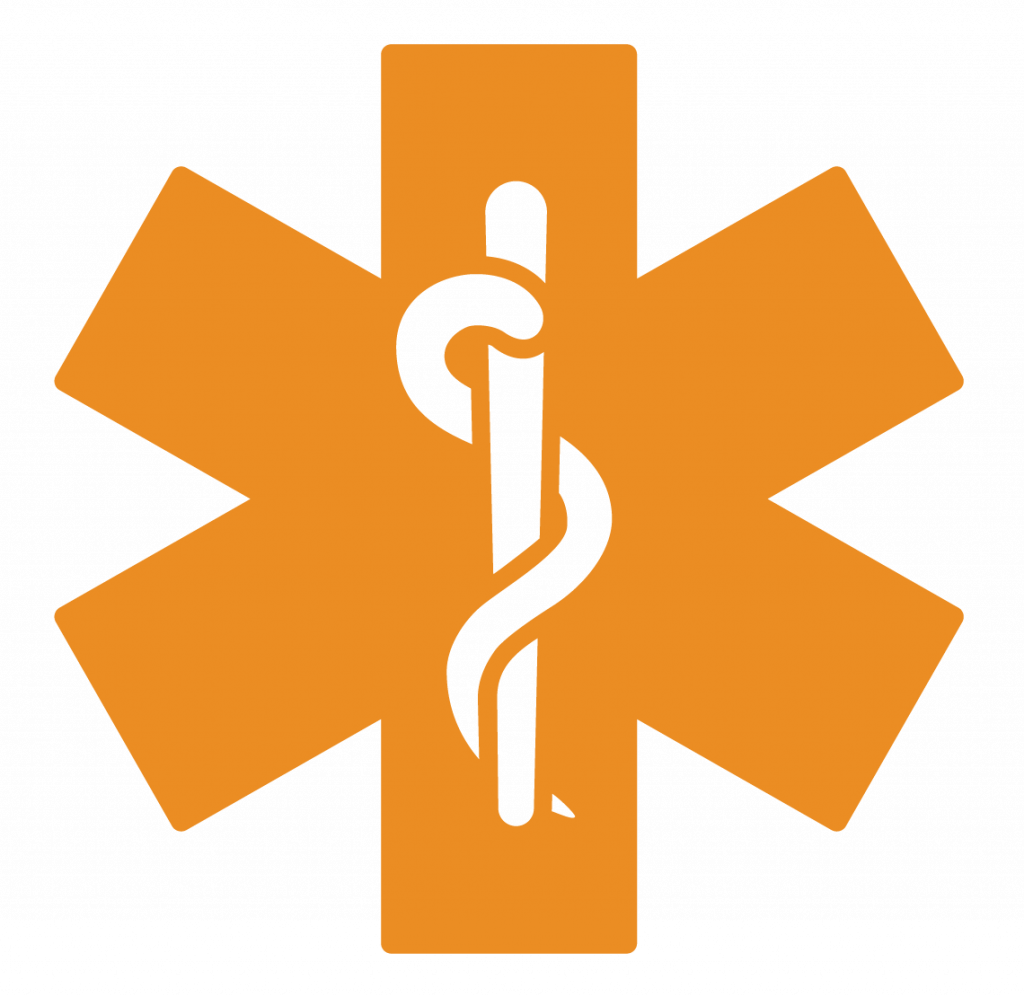To Buy Phenergan Online Visit Our Pharmacy ↓
 Phenergan for Nausea: Does It Really Help?
Phenergan for Nausea: Does It Really Help?
What Phenergan Is and How It Works 🤔
I still remember the night I handed my friend a small, dark tablet and watched relief wash over his face. Phenergan (promethazine) is an antihistamine that blocks H1 receptors and calms the brain’s nausea centers; it also has sedative and antiemetic properties used after surgery, for motion sickness, and during severe migraine attacks. Its mix of sedating and anti-cholinergic effects helps suppress the queasy signals your body sends.
Given by mouth, rectally, or by injection in urgent settings, this medicine takes effect within 20–60 minutes orally and faster when injected. Doctors choose it when other antiemetics fail or when drowsiness is acceptable; however, it can cause dizziness, respiratory depression in young children, and interacts with alcohol and other sedatives. Always follow dosing instructions and consult a clinician if reactions are noticable or worsen. Keep medications stored securely and review labels.
Evidence: Does Phenergan Stop Nausea Effectively? 📊

Many older trials and real-world ED reports find phenergan reduces nausea and vomiting more reliably than placebo. Its antihistamine and antiemetic actions tend to bring relief within 20 to 60 minutes, though sedation is common. For motion sickness and simple acute nausea it performs well.
Head-to-head studies often show ondansetron and newer agents outperform promethazine for chemotherapy-related and postoperative nausea, particularly when nausea is severe. However, when access or cost is a concern, phenergan remains a useful, inexpensive option. Evidence quality varies, with many older studies and few large randomized trials.
Clinicians should weigh benefits against sedation and rare side effects; discuss expectations, monitor response, and stop if severe reactions occur. Teh decision is individualized.
Common Side Effects and Safety Concerns ⚠️
When patients ask if phenergan is harmless I tell a story: a friend took a dose before a flight and fell into deep drowsiness, which made them miss a meeting. Sedation is the most common reaction, along with dizziness, dry mouth, blurred vision and constipation.
Anticholinergic effects trouble older adults, and respiratory depression has occured in infants and vulnerable patients; consult a clinician if you have breathing problems or take opioids or alcohol. QT prolongation and rare extrapyramidal symptoms are reported; watch for stiff muscles or uncontrolled movements.
Occassionally allergic reactions, confusion or low blood pressure occur; disclose medications and history to reduce risk. Balance benefits against safety concerns and seek care for serious symptoms.
Dosage, Administration Routes, and Timing Tips 💉

I once watched a weary traveler clutch her stomach in a dim clinic and the nurse hand over a small, amber tablet. That simple moment frames how clinicians think about phenergan: quick relief versus practical limits. Oral tablets begin working in about twenty to thirty minutes, while suppositories or intramuscular injections act faster and are chosen when vomiting makes swallowing impossible.
Typical adult tablet doses are twenty five to fifty milligrams every four to six hours, not exceeding one hundred milligrams in twenty four hours without supervision. Intramuscular dosing provides more reliable absorption in acute cases, and intravenous administration is used cautiously because of sedation and hypotension risks. For children, weight based dosing is essential; do not improvise.
Timing matters: give it early for best effect, avoid alcohol and sedatives, seek care if symptoms worsen or occassionally persist without delay.
Special Populations: Kids, Seniors, Pregnant People 🤱
Children and older adults respond differently to medications, including phenergan. For kids, dosing is weight-based and sedation, respiratory depression, or paradoxical hyperactivity can happen; caregivers should follow pediatric guidance and never give adult formulations by accident. Seniors may be more sensitive to anticholinergic effects—confusion, dry mouth, urinary retention, and falls—so lower doses, close monitoring, and medication review are advised.
Pregnant people face a risk-benefit choice; some evidence supports antiemetics in pregnancy but discuss options with your clinician. Breastfeeding and other conditions affect decisions. In all groups, watch for severe side effects and seek urgent care for breathing problems or fainting. Occassionally clinicians prefer nonpharmacologic measures first. Also consider medication interactions and dose adjustments with specialists.
Alternatives and When to Seek Medical Help 🚨
I remember a patient whose car trip triggered relentless nausea; simple steps—cool air, sips of clear liquids, ginger candy and pressure on the P6 point—brought relief within hours. These first-line measures are low-risk and often effective, especially for mild motion or gastroenteritis-related nausea.
When symptoms persist or are concerning, antiemetics like ondansetron, metoclopramide, or other agents are used depending on cause and side-effect profile; IV therapy or hospital observation may be neccessary for dehydration or severe vomiting.
Seek immediate medical attention for high fever, severe abdominal pain, confusion, chest pain, or signs of dehydration. If medication side effects occur, stop drug and contact a clinician; reactions are rare but should be addressed promptly. MedlinePlus StatPearls












